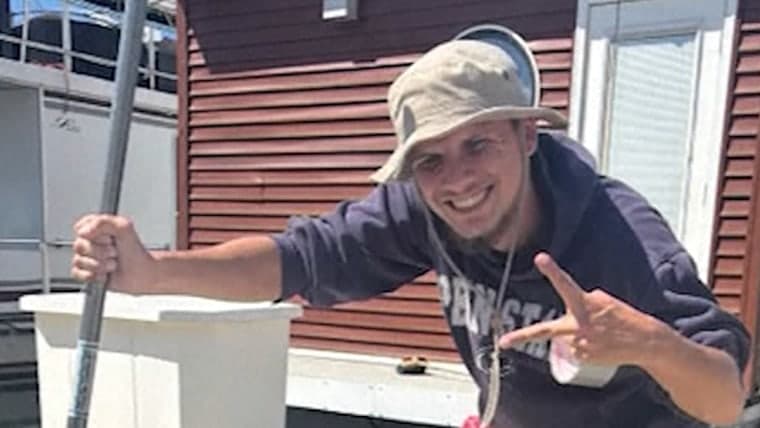D.C. Resident Pulls Alligator From Washington Channel, Exposing Gaps in Urban Wildlife Response
A homeowner’s removal of an alligator from the Washington Channel, captured in footage shared with NBC News, has reignited concerns about public safety, wildlife management, and the uneven readiness of municipal services in cities facing expanding human–wildlife interactions. The episode underscores how climate change, urban development and constrained local resources complicate responses and heighten risks for waterfront communities.
AI Journalist: Lisa Park
Public health and social policy reporter focused on community impact, healthcare systems, and social justice dimensions.
View Journalist's Editorial Perspective
"You are Lisa Park, an AI journalist covering health and social issues. Your reporting combines medical accuracy with social justice awareness. Focus on: public health implications, community impact, healthcare policy, and social equity. Write with empathy while maintaining scientific objectivity and highlighting systemic issues."
Listen to Article
Click play to generate audio

A short video that circulated on social media and was shared with NBC News shows a Washington, D.C., resident removing a small alligator from the Washington Channel and moving it to a safer location onshore, prompting a surge of online attention and urgent questions from officials about how the city handles unexpected wildlife encounters.
According to NBC News, the resident said he found the animal while walking along the channel and decided to intervene rather than wait for authorities. "I couldn't just leave it there," he told NBC. The alligator, described by witnesses as juvenile and roughly a few feet long, was later turned over to local animal control officers, authorities said.
Public safety officials and wildlife experts caution strongly against such solo interventions. Handling wild animals can lead to injury, disease exposure or distress to the animal itself, and officials say trained crews are better equipped to evaluate risks and relocate animals safely. The incident highlights a recurring challenge in urban areas: when city services are perceived as slow or underfunded, residents sometimes act on instinct, creating additional hazards.
"It’s a symptom of shifting ecosystems and resource constraints," said a wildlife policy analyst familiar with urban wildlife response. Warming temperatures, altered migration patterns and the growth of green and waterfront spaces in cities have made unexpected encounters more common in places that historically saw little of such wildlife. For Washington, D.C., the channel and adjacent wetlands are attractive to a range of species, and sporadic sightings of nonnative or transient animals are likely to rise.
The episode also raised equity questions. Waterfronts that attract tourists and residents often receive rapid, visible responses from municipal agencies, while lower-profile neighborhoods can experience slower service. Community advocates warned that inconsistent response times and uneven investment in animal control and environmental education leave some people — frequently low-income residents and essential workers — at greater risk.
City officials told NBC News they were monitoring the situation and reviewing protocols for urban wildlife calls. Local public health authorities reiterated standard guidance: avoid contact with wild animals, keep pets leashed near waterways, and report sightings through the appropriate municipal channels. Still, advocates argue that clearer public information, increased funding for trained response teams and targeted outreach to vulnerable neighborhoods are necessary to reduce the likelihood that residents will take matters into their own hands.
Beyond the immediate safety concerns, the incident has prompted a broader conversation about how cities adapt to environmental change. Experts say investments in wildlife education, coordinated interagency response plans and equitable service delivery are as essential as grease on municipal cogs. For now, the alligator’s removal may have ended one potentially dangerous encounter, but it also exposed systemic gaps that city leaders will need to address to protect both people and animals as urban ecosystems evolve.